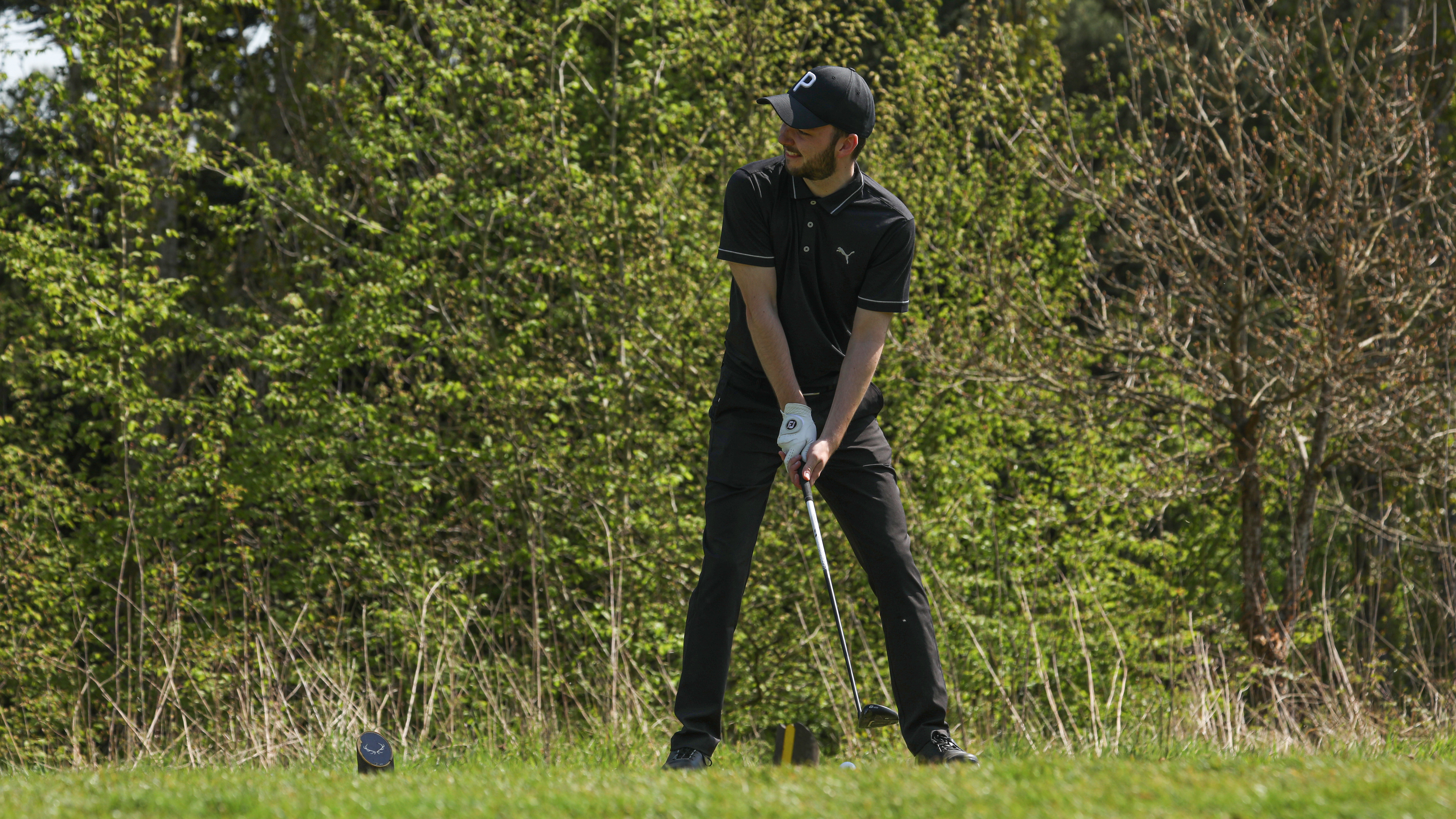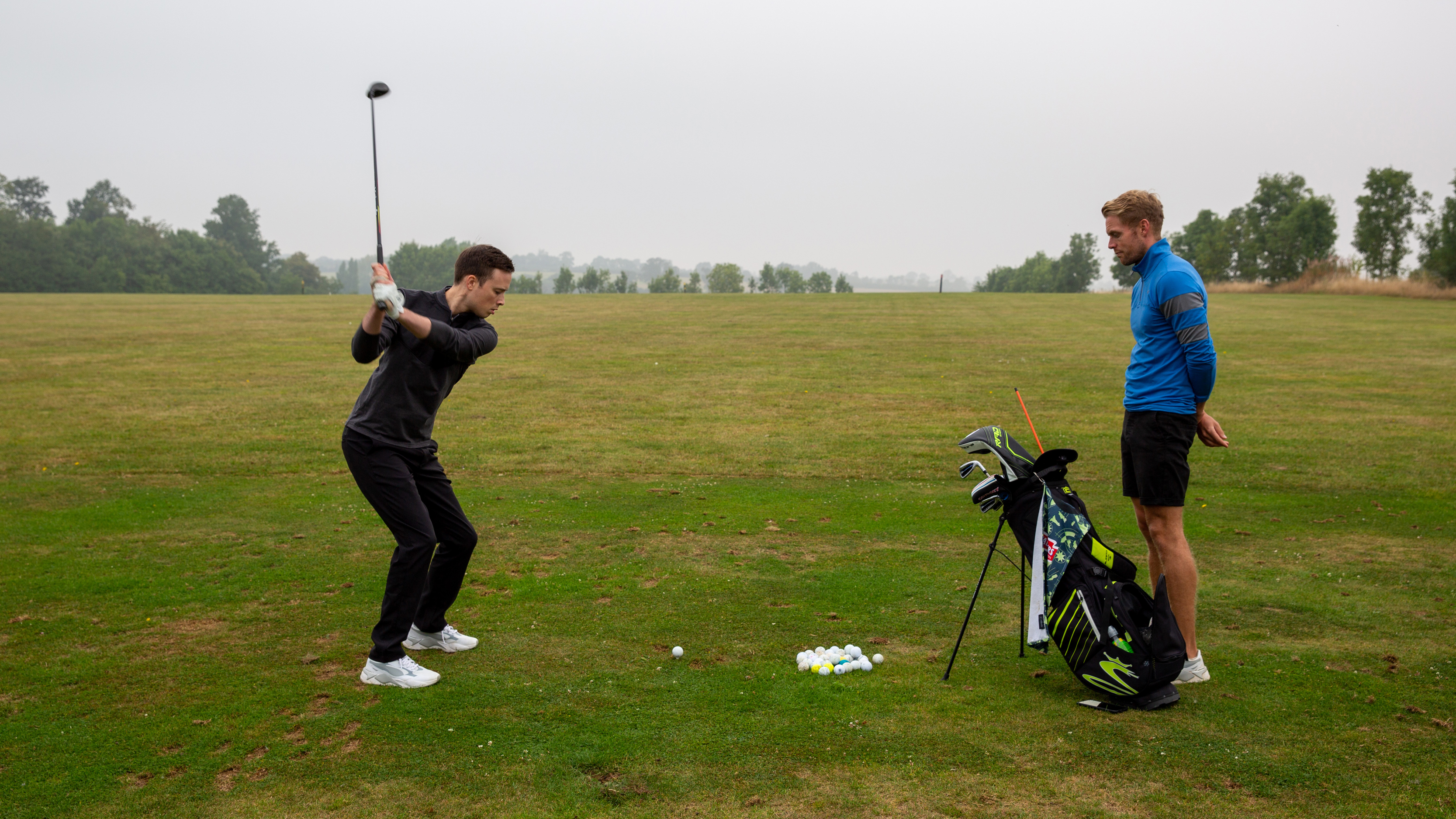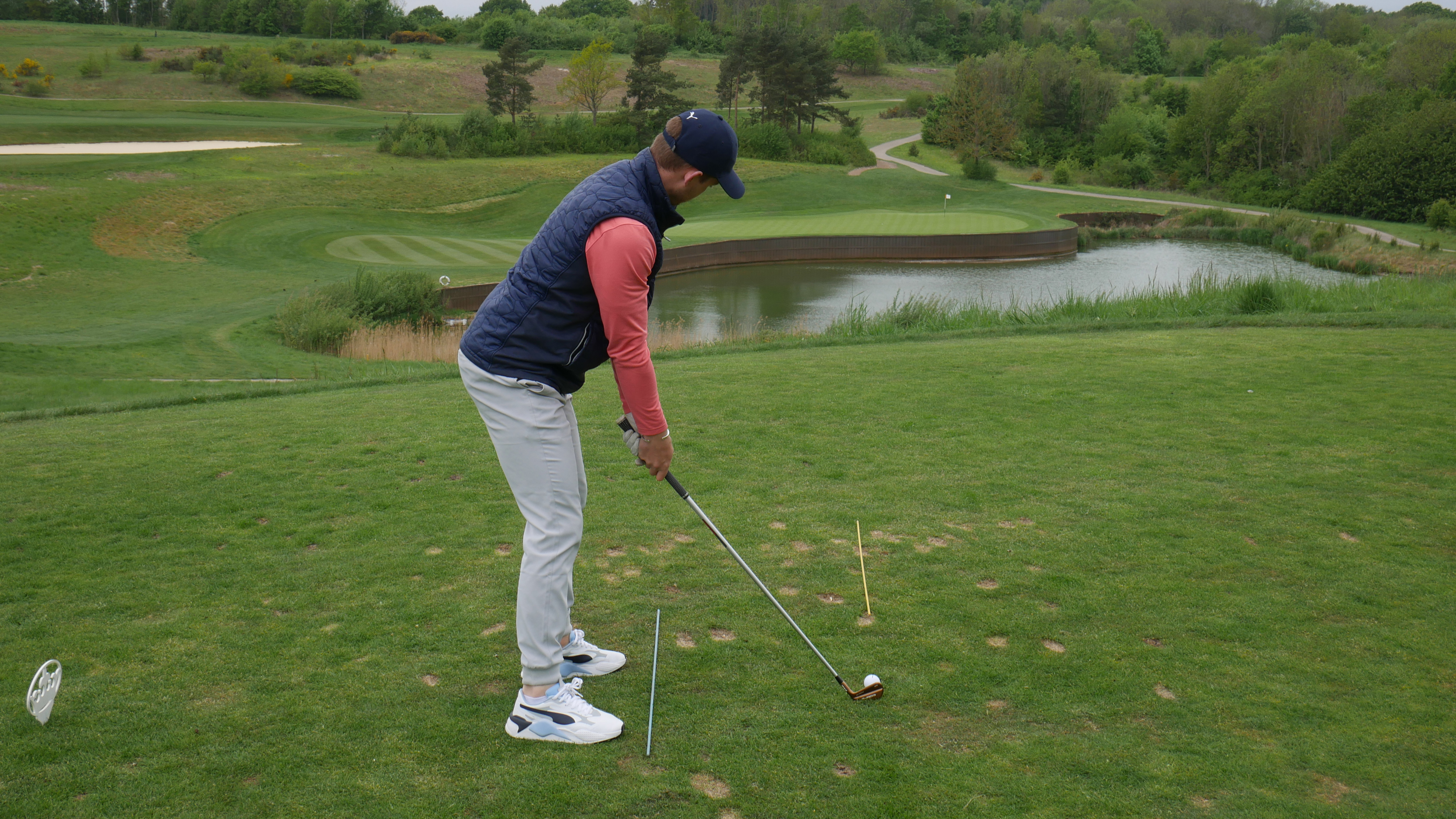7 Ways To Play Better Without Spending Money
Getting better at golf doesn't have to be as expensive as you might think...


Try as one might, playing golf can be an expensive endeavour. Whether you’re just getting started and learning the ropes, or you’re a seasoned campaigner attempting to squeeze everything out of your game, a considerable financial commitment is often a prerequisite of improvement.
However, amid a cost of living crisis, there are other avenues worth exploring if you’re keen to develop as a golfer without breaking the bank. Here are seven ways to play better without spending money…
Group lessons
Lessons as part of a group can act as a win-win scenario for all involved. As a player, you receive less one-on-one time but you still get some good advice and they tend to be cheaper. While for a pro, they are able to make more money depending on how many golfers sign up.
When it comes to making improvements in your game, too much information is more likely to stifle progress, so this arrangement is not to be sniffed at.
Package lessons
In a similar vein, committing to a coach and booking a package of lessons will save you money in the long run. Most coaches offer something like this, with the discount increasing in tandem with the number of lessons included.

Booking a group of lessons at once will save you money and help you improve
As well as the financial element, it definitely helps to receive a consistent message from one voice in order to keep things as simple as possible.
Virtual lessons
There was already momentum behind online lessons but the Covid-19 pandemic accelerated that process. While there is no substitute for the real thing, these aren’t to be overlooked, especially if there’s a particular coach you want to connect with but doing so in person is geographically challenging.
Subscribe to the Golf Monthly newsletter to stay up to date with all the latest tour news, equipment news, reviews, head-to-heads and buyer’s guides from our team of experienced experts.
Whatever part of your game you’re eager to improve, how these tend to work is that you’ll send your coach several videos for them to analyse and provide feedback on. What makes this particularly handy is that you can check back in on past lessons if old habits reappear.
There are so many instructors now who offer this service, with social media - Instagram in particular - a great place to start your search.
Free online content
As well as the route above, there is no shortage of free tips online and on social media. YouTube is particularly handy for those looking to improve, with a host of world-class teachers sharing their expert knowledge on a wide variety of issues.

There is lots of great free advice online, for example from Golf Monthly Top 50 coach Katie Dawkins
However, a word of warning: before embarking down this rabbit hole, it’s vital to have a good idea of what your swing DNA is. If you take on board a load of conflicting information that isn’t relevant to the issues in your game, things might get worse.
Books
From new school to old school, there are plenty of great golf books filled with useful advice. Of them, Ben Hogan’s Five Lessons: The Modern Fundamentals of Golf remains one of the best and most thorough. Originally published in 1957, it has stood the test of time and will help golfers improve in all areas of the swing.
And just as important as the swing is to work on the mental side of golf. As Arnold Palmer famously said: “Golf is a game of inches. The most important are the six inches between your ears.” With that in mind, Your 15th Club by Bob Rotella is worth its weight in gold. If you invest some time into the techniques contained within, you’ll start thinking your way to better scores.
Training aids
The training aid market is saturated with gizmos promising to be “the next best thing” so it can be hard to discern what is a worthwhile practice tool. However, there are a few that we can confidently bestow our seal of approval upon.

PGA pro Alex Elliott showing how alignment sticks can be used to get better at golf
First of all, no golfer should be without a set of alignment sticks. These can be picked up fairly inexpensively at most golf shops and will help with the alignment basics and are also great for doing a range of drills. In addition, the Perfect Practice Perfect Putting Mat or the Puttout Pressure Putt Trainer are brilliant ways to improve your putting from the comfort of your own home.
Improving your fitness
Golf is an athletic endeavour that requires strength and cardiovascular endurance to maintain peak performance from hole one to 18. Therefore, it pays in strokes to work on your fitness. Like the technical and mental aspects of this demanding sport, there is a bounty of free information online through golf-specific websites or on social media and YouTube.
If just starting out, it’s important not to push it too hard in the early stages; listen to your body and ensure you get enough rest to feel the full effect of the physical benefits. Adding golf core exercises to your routine as well as some golf mobility exercises will increase your stability and range of motion, allowing you to play better and reduce your risk of injury.

A lifelong golf fan, Andy graduated in 2019 with a degree in Sports Journalism and got his first role in the industry as the Instruction Editor for National Club Golfer. From there, he decided to go freelance and now covers a variety of topics for Golf Monthly.
Andy took up the game at the age of seven and even harboured ambitions of a career in the professional ranks for a spell. That didn’t pan out, but he still enjoys his weekend golf at Royal Troon and holds a scratch handicap. As a side note, he's made five holes-in-one and could quite possibly be Retief Goosen’s biggest fan.
As well as the above, some of Andy's work has featured on websites such as goal.com, dailyrecord.co.uk, and theopen.com.
What's in Andy's bag?
Driver: Callaway Mavrik Sub-Zero (9°)
3-wood: TaylorMade Stealth 2 Plus (15°)
Driving iron: Titleist U500 (17°)
Irons: Mizuno mp32 (4-PW)
Wedges: Titleist Vokey SM9 (50°, 54° and 58°)
Putter: Titleist Scotty Cameron Newport 2.5
Ball: TaylorMade TP5x